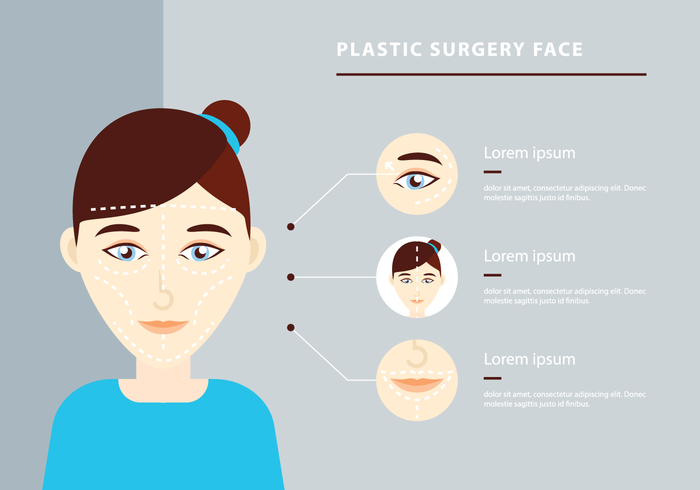Led Light Masks For Acne Treatment
Led Light Masks For Acne Treatment
Blog Article
Sources of Acne on Cheeks
Acne outbreaks in the cheek location are set off by numerous points, from touching your face often to not changing your pillow case commonly enough. Picking at imperfections boosts your risk of infection and scarring, and particular medications can worsen dark places (postinflammatory hyperpigmentation).
Thankfully, there are numerous methods to avoid and treat cheek acne. These include:
1. Hormonal Changes
Acne is mostly caused by hormones, especially those produced during the age of puberty and maternity. For some, a family history of acne might additionally add to their problem. Anything that blocks pores, such as oil-based skin care products or waxy hair products, can trigger acne. Numerous topical therapies, like benzoyl peroxide and salicylic acid, can deal with microorganisms and unclog pores. Those with serious or persistent acne ought to seek treatment from their doctor.
Stay clear of touching or pressing your acne, as this can press a few of the germs deeper into the skin, leading to a more extreme outbreak. It is likewise essential to change pillowcases regularly and make use of tidy make-up brushes. You ought to also try to stay clear of toxic irritants such as friction from wearing a helmet or limited collar.
2. Diet plan
The greasy, sugary foods that many individuals assume trigger acne might really not do so. In fact, researches have actually shown that eating a diet regimen abundant in whole, nutrient-dense foods helps to prevent outbreaks.
Foods high in the glycemic index (such as white bread, corn flakes, puffed rice and potatoes, doughnuts and other breads) elevate blood glucose levels quickly, and this can raise hormonal agents that increase oil production and bring about acne.
Consuming alcohol cow's milk has actually likewise been linked to increased acne outbreaks. If you are a normal cow's milk enthusiast, you might want to attempt changing to low-fat or nondairy options that are fortified with calcium. On top of that, consuming alcohol more water can help to lower acne due to the fact that it assists to keep the skin hydrated.
3. Excess Oil
While oil is important for healthy skin, it can become a trouble when way too much sebum combines with dead skin cells and blocks pores. This combination can create blackheads, whiteheads and acnes. The blocked pore wall can break down and spill bacteria, dead skin cells and sebum right into bordering skin. This leads to a red bump known as a pimple. Occasionally these red bumps have pus in the facility from a bacterial infection. Larger contaminated bumps that resemble acne are called cysts.
There are numerous things that can create excess sebum and clogged up pores, consisting of hormone fluctuations, diet regimen and everyday practices. Some examples consist of touching the face often, resting your hand on your cheek, making use of filthy makeup brushes and not transforming pillow cases on a regular basis.
4. Stress and anxiety
If you're managing pain acnes or a multitude of blackheads and whiteheads, it might be time to speak to a skin doctor. They can suggest an efficient treatment that fits your skin type. Practicing relaxation and stress-reduction strategies additionally aids.
Acne can take place in the cheeks because of rubbing and stress, such as when an individual touches their face often or uses a hat or sporting activities helmet that scrubs against the skin. It can likewise appear where greasy cosmetics and lotions scrub against the skin.
Avoid squeezing botox clinics near me acne, as this can push infected product deeper right into the skin and bring about scarring. Rather, see a medical professional to learn more about preventative treatments like medication, skin care products and lifestyle changes. Eating a healthy diet of whole foods, getting seven to nine hours of sleep and using noncomedogenic makeup and skincare products can all help reduce acne outbreaks.
5. Hair Products
Hair items are not typically thought of as a cause of breakouts, but they can add to acne on the cheeks in some individuals. Pomade acne, which is identified by tiny shut comedones and papulopustules, is generally brought on by making use of oily hair items which contain comedogenic components such as specific oils and acetylated lanolin.
Selecting hair products that don't include these potentially comedogenic components is a crucial action towards minimizing breakouts. Likewise, making sure that hair items aren't can be found in contact with the skin can aid prevent breakouts. For example, wearing a scarf or bonnet in the evening can restrict hair-to-face call and lower the likelihood that leave-in hair products will certainly abrade onto the face.
Along with using a non-comedogenic moisturizer and washing with an acne face laundry, various other handy strategies include: